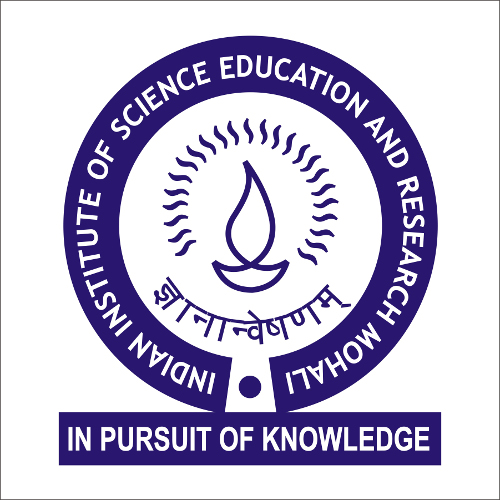Forthcoming Events
Geomagnetic storms and ring current dynamics from space weather perspective
Dr. Sandeep Kumar (Nagoya University, Japan)
Location : Online
Abstract: In recent times, great attention has been paid to understanding the Sun-Earth interactions and space weather events due to the ever-increasing potential impacts on space-based technological systems. The radiation belt, magnetosphere, and ionosphere regions constitute important space weather concerns as energetic electrons (often called ‘killer’ electrons) in the radiation belt can cause deep dielectric charging of spacecraft components and electronics, and variations in the electron and neutral density in the ionosphere lead to unpredictable satellite drag that could result in increased risk of collisions and/or reduced satellite lifetimes. Geomagnetic storms are the most important phenomenon of space weather effects on Earth. During a geomagnetic storm, global depressions in the horizontal component (H) of the geomagnetic field are observed. This depression in H is mainly caused by the westward ring current encircling the Earth around ~2–7 RE (Earth radius). There are other current systems (e.g., Chapman-Ferraro current, partial ring current, ionospheric currents, etc.) that also contribute to the ground H component during the geomagnetic storm. These currents have different origins and effects at different magnetic local times. The storm-time distribution of ring current ions in the inner magnetosphere depends strongly on their transport in evolutions of electric and magnetic fields, along with acceleration and loss. Most of the plasma pressure in the Earth’s inner magnetosphere is carried by ring current ions. The electron component of the ring current represents the seed population for the radiation belts. The ring current ions and electrons under different conditions get accelerated to higher energies, forming hazardous radiation belts. These high-energy particles can damage satellites. In my presentation, I will discuss some of my important results from the space weather perspective.
Meeting ID: 944 2649 3601
Passcode: 070134
Meeting ID: 944 2649 3601
Passcode: 070134

